Glow-in-the-dark paints. Types and applications
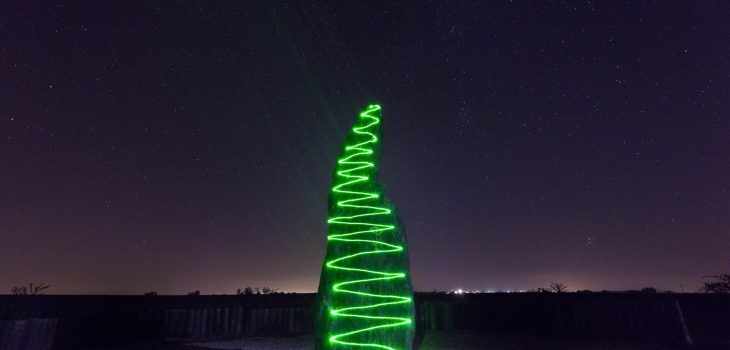

Glow-in-the-dark paints allow to create unique artistic projects or functional pieces of equipment. These products come in many different variations which have very broad applications – from the decoration of interiors and utility objects to the marking of evacuation paths in buildings. In this article, we will take a closer look at their types. You will get to know the difference between fluorescent, phosphorescent, and electroluminescent paints. We will also explain where a glow-in-the-dark paint can be used. We invite you to read on!
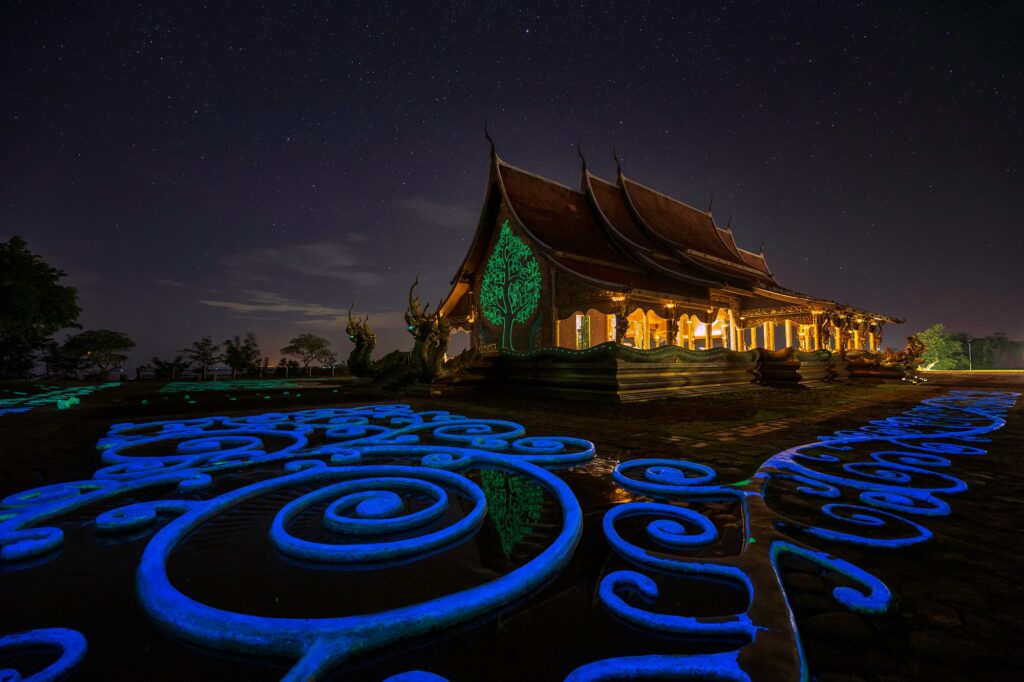
Glow-in-the-dark paints – the types
Glow-in-the-dark paints is a common term for the products which start emitting glow and colour under the influence of the exciting factor. Such products are more professionally known as luminescent paints. In this group, we can include products which absorb the energy of light during the day, are excited by UV light, or glow after plugging their surface to the electricity. Each one of these variations has a different effect and – at the same time – application, therefore we should take a closer look at them.
Fluorescent paints
Fluorescent paints glow at the same time as the action of the exciting factor occurs. To be more specific, they contain fluorescent pigments which absorb ultraviolet (UV) light and then emit it in the form of a visible glow. It should then be remembered that in this case, the glowing effect is not independent and requires additional preparations – special UV lamps must be installed.
It should be noted that the paints glowing under UV are picked mainly for their daytime properties. This is when they show extremely bright colours which resemble the advertising neon. This effect catches the eye without a doubt. They are less often used at nighttime; however, when exposed to UV light (from UV lamp), they show a truly spectacular effect visible in the dark. Usually transparent paintings become visible and glow in multiple colours. Maybe this is why fluorescent paints are sometimes named fluorescent glow-in-the-dark paints.
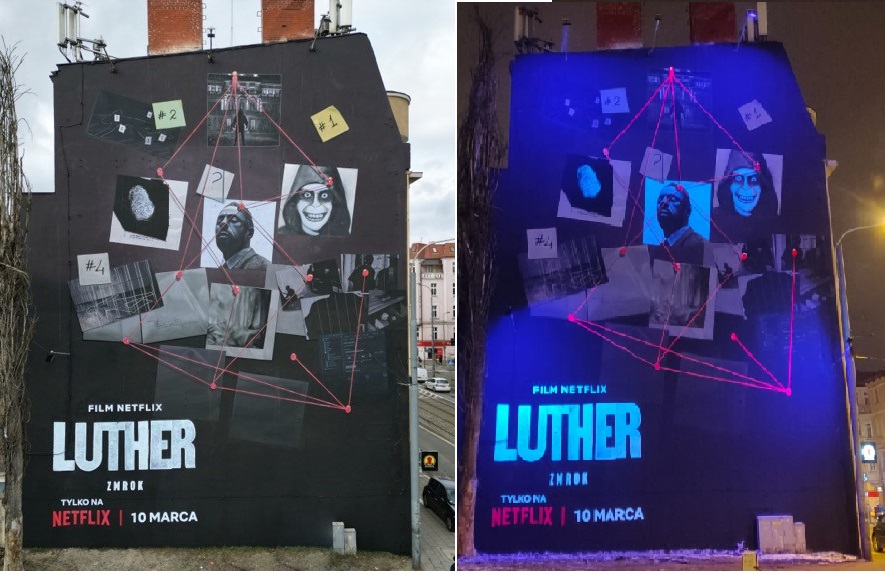

Phosphorescent paints
Unlike the paints glowing under UV, phosphorescent paints must first be irradiated with ultraviolet or normal light in order to start glowing. They contain phosphorescent substances such as phosphorus or its compounds with rare earth elements, which release accumulated energy in the form of a visible glow after the light source goes out. The entire process takes place in delay and can last for a long time after irradiation. This is why phosphorescent paints are sometimes called glow-in-the-dark paints.
Electroluminescent paints
Electroluminescent paints emit glow in an electroluminescent way, which means the eletricity flow through the paint coat. Therefore they glow after plugging the surface into a source of alternate or direct electric current. Unlike glow-in-the-dark paints, they do not need irradiation in order to emit glow. The achieved effect can be controlled – by turning the power on and off. Moreover, electroluminescent paints can emit light for any amount of time.


How to use luminescent paints?
Glow-in-the-dark paints can be used in many different ways. They are, however, most often used in the construction and industries. They can be used as a decoration or have more practical application. Their ability to glow intensely in the dark attracts the attention and interest of customers as well as improves safety and visibility in many situations. Of course, what are glow-in-the-dark paints used for depends on their type. We will take a closer look at it below.
Fluorescent paints are often used in clubs, bars, or other entertainment venues. Elements of interior or walls which glow under UV definitely attract attention and are a great advertisement for the premises. What is also important, fluorescent paints are distinguished by their beautiful, neon colours during the day, thanks to which unique graphic designs can be created. An interesting application is also the marking of objects which are dangerous or important form a production point of view, such as pipes, cables, or machinery.
Phosphorescent paints allow to obtain unusual light effects, therefore are often used in interior design, especially when it comes to children’s rooms. The glow-in-the-dark effect attarcts the attention and undoubtely makes the space stand out. Phosphorescent paints can also be used for evacuation markings.
Electroluminescent paints are perfect for creating illuminated, thin, and lightweight panels which can be freely shaped. They are also used in emergency lighting of interiors and buildings as well as for decoration. What is extremely important, they can be used both indoors and outdoors. Thanks to it, you can obtain a desired effect on any surface.
When deciding on glow-in-the-dark paints, you do not need to limit yourselves to the aforementioned applications. There are many more of them! So think about what kind of effect you want to achieve and choose a product which best meets your expectations.
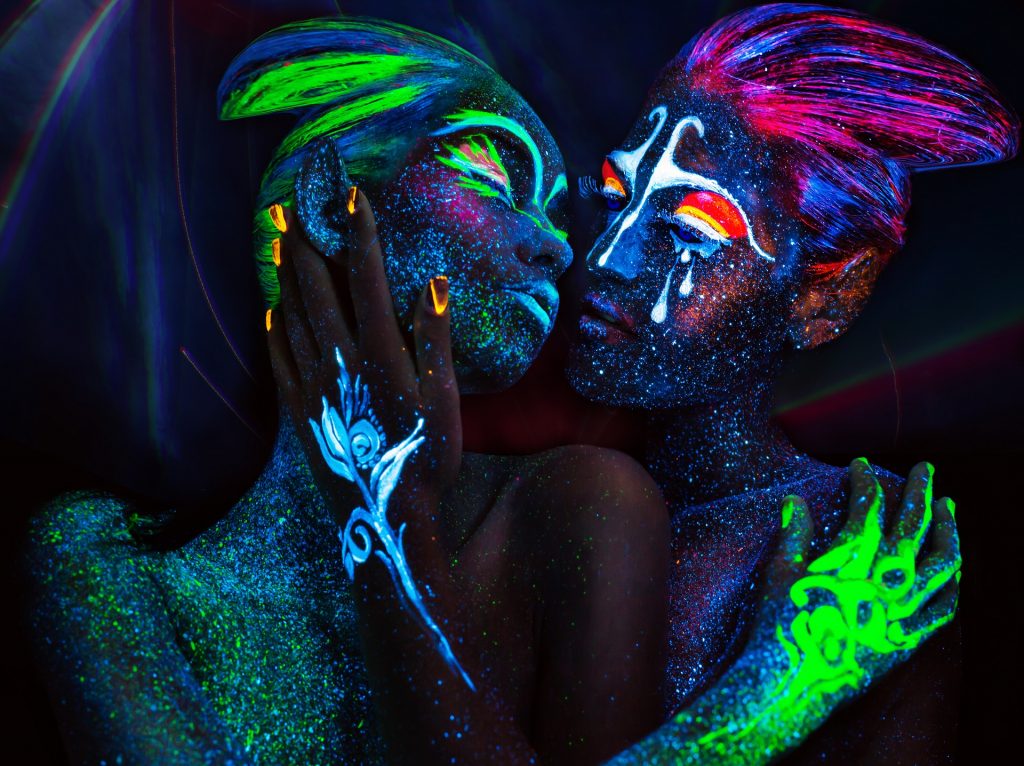

Use a wide range of products by SPLinx
Glow-in-the-dark paints are gaining popularity thanks to their diverse applications and aesthetically pleasing effects. There are three main types of glow-in-the-dark paints available on the market: fluorescent, phosphorescent, and electroluminescent. You will find all of them within our range! At SPLinx, we offer high-quality construction paints for various applications. Want to know more details? Check out our website or contact us! As a paints manufacturer paint manufacturer, we know the answers to all your questions.
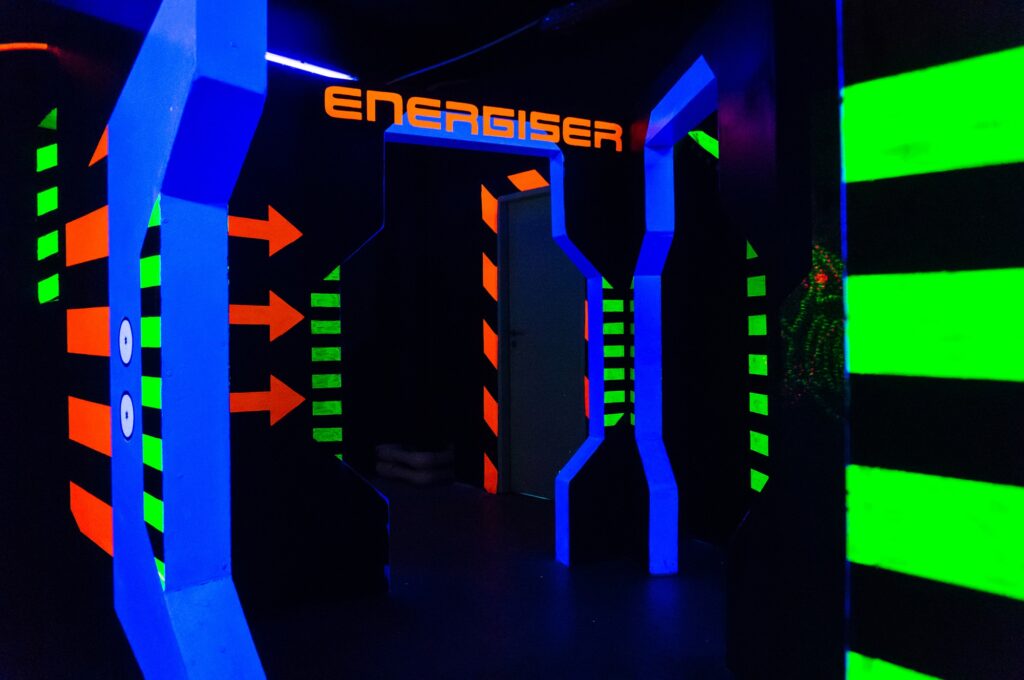

We help you choose a product!
We are here to help you choose a special ink/paint or varnish for your specific project!
Tailor-made products are our specialty.



